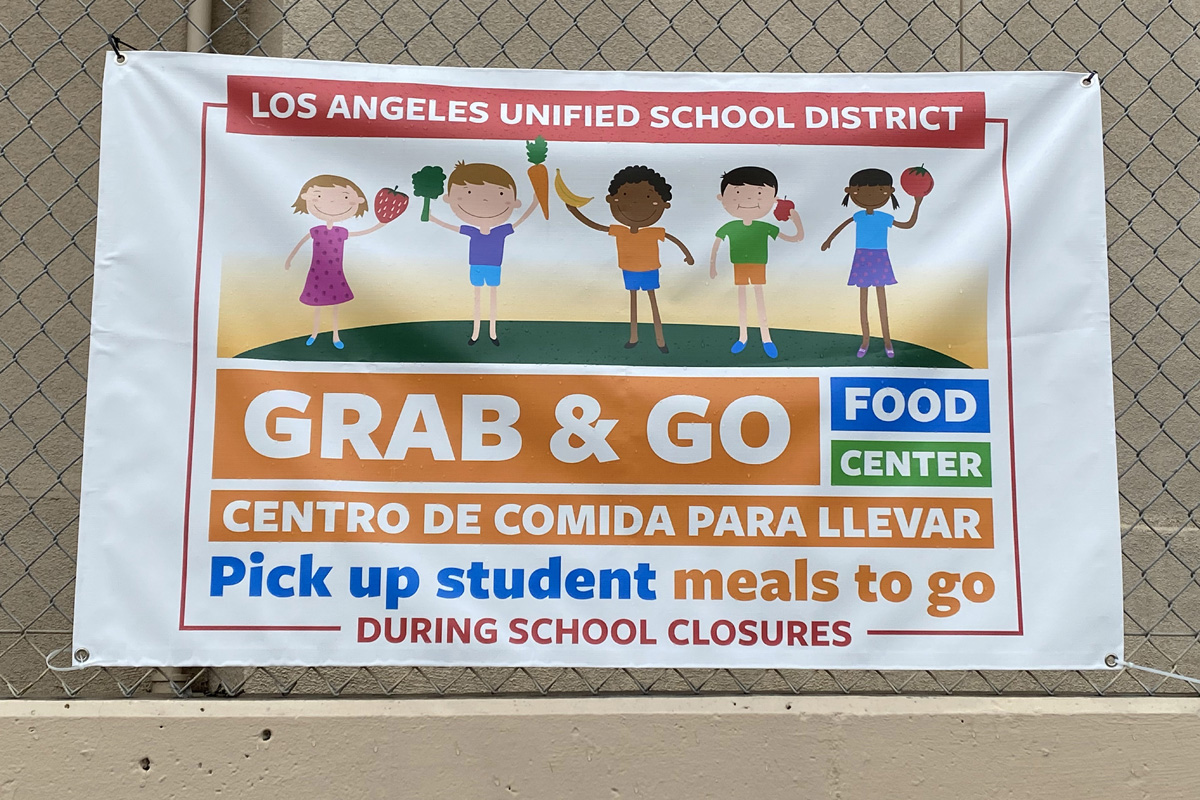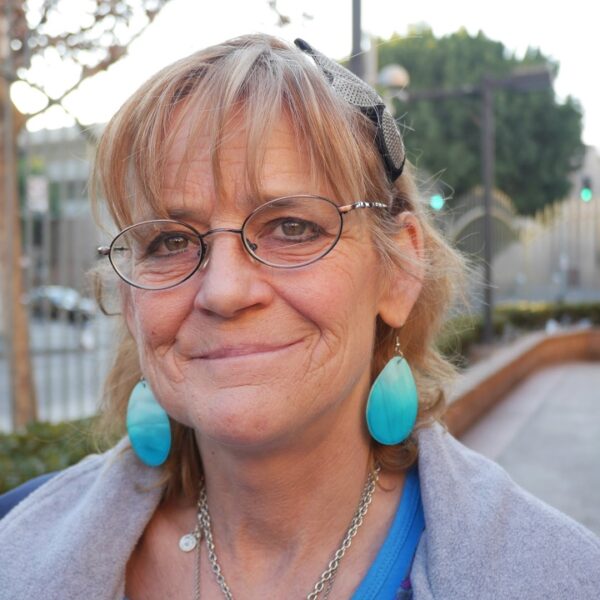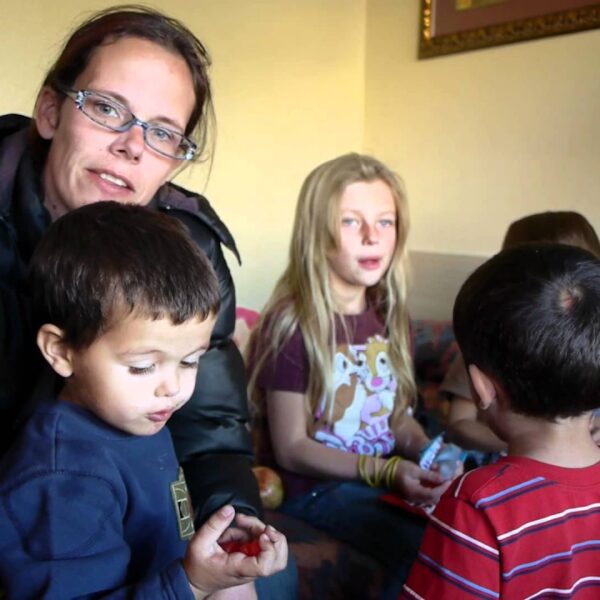The COVID-19 coronavirus pandemic has disrupted daily life across the country. In Los Angeles, restaurants, entertainment venues and schools have all closed to prevent the spread of the virus. That includes the Los Angeles Unified School District, the second largest in the United States with more than 734,000 students in the system.
Of those, more than 17,000 are homeless, according to the district’s reporting. These students rely on schools for stable sources of food, shelter and programs during the year.
With the entire school district shut down due to the pandemic, service providers and the district are scrambling to try and make sure students are not abandoned during this crisis. It is an ongoing and escalating challenge, particularly as the school closures lengthen.
This week, LAUSD Superintendent Austin Beutner announced schools will remain closed through June 12, which is the end of the 2019-2020 school year.
“The remainder of the school year will be completed in the current, remote fashion and we will hold summer school in a similar manner,” Beutner said in an April 13 webcast update.
Classes are currently taught remotely online, and students have access to supplemental online libraries and programming.
The school district is maintaining food distribution centers for students to receive regular meals. Beutner said seven million meals have been provided. The district has also sent meals to the temporary homeless housing shelters set up by the city in response to the pandemic. In addition, LAUSD is still operating its hotline for students with mental or physical health needs.
LA Students Most in Need
Last month, the district launched LA Students Most in Need, a program designed to aid students in need. (By LAUSD’s own admission, approximately 80 percent of its students are from families experiencing poverty.) An April 2 fundraiser raised $1,646,053 for the program, and will be used to provide meals and other supplies for students and their families. For the remainder of the school year, the district also plans to use the money to provide:
- Technological tools
- Digital libraries
- Books for students to use for remote classes
- Access to a selection of free educational programming
The 2019 Los Angeles Homeless Services Authority’s (LAHSA) 2019 Homeless Count found that there are almost 60,000 unhoused people in Los Angeles County. Roughly 36,000 of those are inside the City of Los Angeles.
As part of its general coronavirus response, Los Angeles City and County are working to house those on the streets. In most cases, these individuals are more vulnerable to the virus due to a variety of reasons including existing health conditions, lack of sanitation resources and the inability to practice social distancing and/or quarantine themselves.
For its part, LAHSA is keeping its “Family Solutions Centers” open during the crisis, actively connecting students and their families to interim housing and other resources, said Christopher Yee, a spokesman for the agency. Yee added that three shelters serving unaccompanied minors in Los Angeles County are also open during this period.
Educational liaisons from the county and LAUSD are at the Family Solutions Centers to help link those students with lessons and other educational tools. According to LAHSA’s data, the majority of homeless children are part of unhoused family units, Yee added.
School Closures Means Less Options for Students
For many children and families living on the streets, the pandemic presents additional challenges. Social distancing rules combined with lack of transportation or resources make it harder to both get by on a daily basis and get the tools needed to learn.
Independent donations to charities and activist groups on Skid Row have gone down. This is partly due to self-isolation precautions, said Todd Cunningham, food and wellness organizer with the Los Angeles Community Action Network (LACAN), a Skid Row-based organization focused on helping the unhoused.
LACAN has been advocating for more hygiene resources and facilities on Skid Row. It has also been providing and distributing meals to the community in the area.
Cunningham said most of the families and children on Skid Row are sheltered inside the area’s missions. But the school closures mean less options and support for those students.
“Many of these kids don’t have families or transportation to take them to the school,” Cunningham said. “We don’t have a rural area where volunteers are bringing meals to kids.”
The Union Rescue Mission, which operates one of the largest shelters in Skid Row, houses approximately 110 K-12 students. About 75 of those are taking classes inside the shelters, through remote LAUSD classes or through volunteer tutors. Rev. Andy Bales, CEO of Union Rescue Mission, said the shelter put out calls for tutors and volunteers to help students in need. So far, approximately 500 people have reached out to virtually teach students. The mission also received some donated tablets for students to take remote classes, Bales said.
Cunningham added access to technology remains stratified in Los Angeles. Many Skid Row residents are without laptops, high-speed Internet, or other tools that could be used to help with education.
The tech divide is something LAUSD has acknowledged as well. In March, it announced a deal with Verizon to provide Internet access for students studying from home in general. It did not elaborate on the terms of the agreement.
Coronavirus has changed the world as we know it.
Family and student homelessness was already skyrocketing. Many families rely on schools for food and even child care so parents can work. We have a crisis within a crisis growing if we don’t take care of our at-risk families. Federal, state and local governments must address this unprecedented challenge. Perhaps they can look to the communities that are already making strides in the right direction.
Photo courtesy of © Image of Sports/Newscom via ZUMA Press













